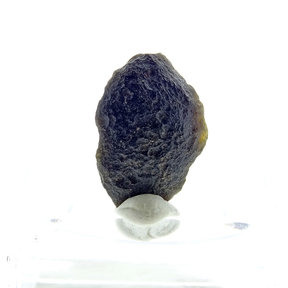Australite is a tectite found in Australia and created by a huge meteorite impact in Indochina. Read more.
Australite is a tektite that is found in Australia and was created by a huge meteorite impact in Indochina.
Australite is a tektite that is found in Australia and was created by a huge meteorite impact in Indochina.
Australite is a tektite that is found in Australia and was created by a huge meteorite impact in Indochina.
Australite is a tektite that is found in Australia and was created by a huge meteorite impact in Indochina.
Australite is a tektite that is found in Australia and was created by a huge meteorite impact in Indochina.
Australite is a tektite that is found in Australia and was created by a huge meteorite impact in Indochina.
Australite is a tektite that is found in Australia and was created by a huge meteorite impact in Indochina.
Australite is a tektite that is found in Australia and was created by a huge meteorite impact in Indochina.
Australite is a tektite that is found in Australia and was created by a huge meteorite impact in Indochina.
Asteroid or comet impact
Australites are a special type of tectite found in southern Australia. They are usually smaller than other tectites and are characterised by their shape. The Australite field has an age of 610,000 to 750,000 years and is the result of an asteroid or comet impact in Indochina
Shape of Australite
During the meteorite impact, a large quantity of small melted rocks were hurled into the atmosphere. On their return to Earth, they travelled at very high speed, taking on a streamlined and aerodynamic shape. The most common shapes are spheres, ovals, dumbbells and tears. A very typical and rare shape is the 'shallow bowl' which does not occur in any other tektite.
Staring eyes
The native Australians called australites "ooga" which means "staring eyes". They were used as sacred objects or carving tools. Europeans discovered the existence of Australites in 1857 when explorer Thomas Mitchell gave Charles Darwin a mysteriously shaped piece of natural black glass. Darwin initially thought it was of volcanic origin.









